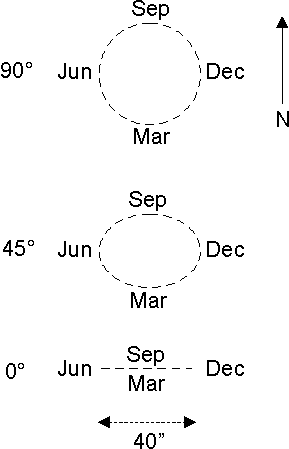Blog of Reason
Member
Discussion thread for the blog entry "This will not end well..." by AndromedasWake.
Permalink: http://blog.leagueofreason.org.uk/science/this-will-not-end-well/
Permalink: http://blog.leagueofreason.org.uk/science/this-will-not-end-well/






